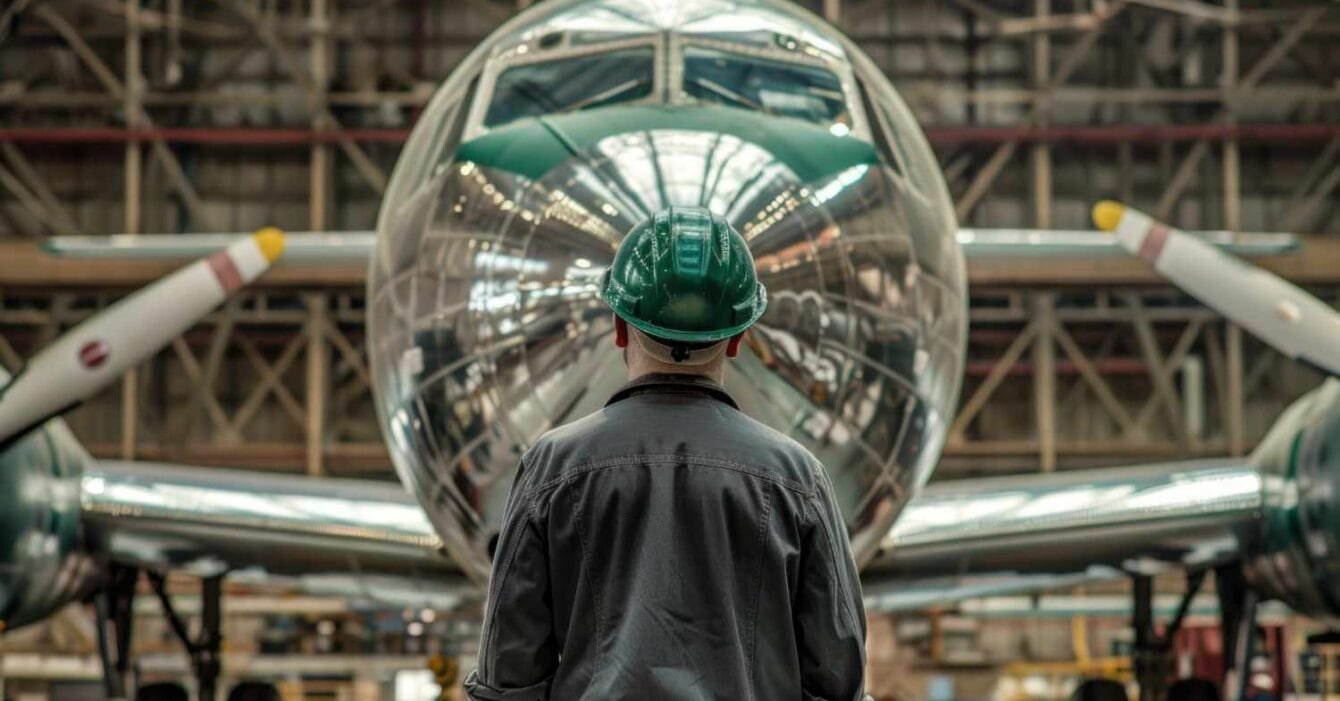Cambodia’s skies are busier than ever. In April 2025 alone, the country recorded 5,252 flights, a nearly 12% increase from the same month in 2024. Passenger numbers also rose sharply to 564,573, a 15% year-on-year growth. This momentum reflects a broader trend: Cambodia Aviation Infrastructure Growth is not only real but also accelerating.
Proof? In 2023, Cambodia handled over 5.1 million air passengers, more than doubling the previous year’s total. That number climbed again in 2024 to 6.2 million, a clear result of new airlines entering the market and expanded flight connectivity. These figures mark a strong post-pandemic rebound and highlight aviation’s growing role in tourism and trade.
Read Also: The Untold Impact of Cambodia Infrastructure Connectivity
Cambodia Aviation Infrastructure Growth: Major Airport Projects Powering Expansion
This growth wouldn’t be possible without significant infrastructure investment. Sihanoukville International Airport recently completed a $58 million runway expansion, extending its strip by 800 meters. This upgrade now allows the airport to receive large long-haul aircraft like the Boeing 777-300ER and Airbus A350-1000, connecting Cambodia more directly to global markets.

Further north, Siem Reap Angkor International Airport is taking shape as one of the most ambitious aviation projects in the region. Built with Chinese investment, the 700-hectare site includes a 3,600-meter runway capable of accommodating any aircraft. As of early 2023, construction was 63% complete, with operations launched in October 2023. This airport is expected to transform Cambodia’s tourism gateway to Angkor Wat.
Connecting Cambodia to the World with Cambodia Aviation Infrastructure Growth
Beyond physical infrastructure, Cambodia has signed new aviation agreements that allow direct flights from the Middle East and Europe. These new routes remove the need for connecting flights, reducing travel times and making Cambodia a more attractive destination for both tourists and international business.
The impact of these changes is most evident in Sihanoukville, where passenger traffic skyrocketed from just 94,000 in 2015 to over 1.6 million in 2023. A 158% surge in 2022 alone showcases what infrastructure improvements and air connectivity can achieve in under a decade.
Strategic Policies and Market Projections
The government isn’t leaving growth to chance. In April 2024, it approved a new national aviation policy that prioritizes expanding international routes and improving logistics. The aim: establish Cambodia as a regional aviation hub.
The market outlook supports this ambition. Cambodia’s flight market is projected to grow from $137.7 million in 2024 to $155.7 million by 2028, reflecting a compound annual growth rate (CAGR) of 3.12%.
Read Also: Cambodia Logistics Infrastructure Development Gears Up
Private Sector Investments Fueling Expansion
Cambodia’s aviation boom isn’t just government-driven. In fact, private investors are playing a pivotal role. In 2023, VINCI Airports, a global leader in airport operations, signed a $1.1 billion concession to upgrade and manage Phnom Penh, Siem Reap, and Sihanoukville airports for 45 years.
This follows China’s Belt and Road Initiative (BRI) investments, which funded the $880 million Siem Reap-Angkor International Airport, opened in October 2023. The airport, designed to handle 7 million passengers per year, has already increased European tourist arrivals by 40% due to direct charter flights from Paris and Frankfurt.
Read Also: Cambodia Tourism Industry Recovery and the Road Ahead
Looking Ahead: Cambodia Aviation Infrastructure Growth
With new airports, rising passenger numbers, and strengthened international connectivity, Cambodia Aviation Infrastructure Growth is on a strong upward trajectory. The combined impact of strategic investment, policy support, and increasing demand positions Cambodia to become a key player in Southeast Asia’s aviation network. As air travel continues to recover and expand, Cambodia’s skies are set to be more connected, competitive, and economically vital than ever before.
